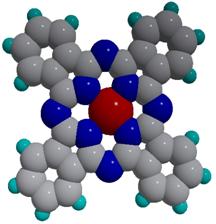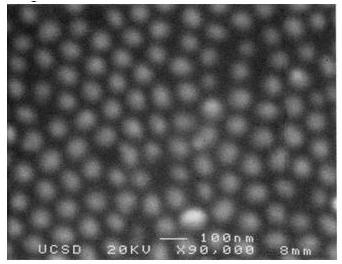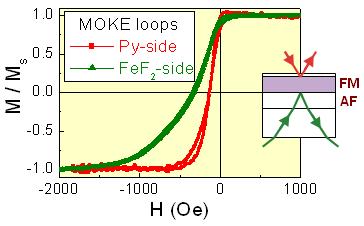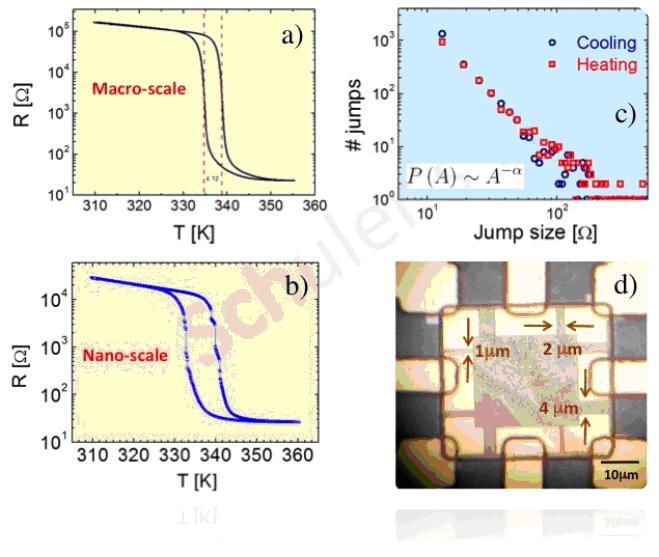What is Nanoscience
Nanoscience and Nanotechnology are emerging disciplines that seek to understand the nanoscale processes that govern a materials behavior. While the bulk properties are well understood the properties of nanostructured materials can differ considerably from them. As devices get smaller and smaller the knoweldge of these properties becomes more important. This new direction of science is rather multi-disciplinary, spanning physics, chemistry, biology, medicine, and materials science, as well as many other fields.Thin films in particular are the basis for a large number of technologies and are used for the preparation of novel materials. The use of the multitechnique approach to the growth and characterization of thin films is an important subject for basic as well as applied research [1].
Many examples exist in the literature and technology which prove that the important physical properties of thin film materials are strongly affected by their structure. To date many of these approaches were qualitative in nature or were very limited. In recent years, a general consensus has been emerging for the need of quantitative approaches to the structural characterizations and their correlation with physical property measurements. A large number of techniques such as High Resolution X-ray Diffraction and Neutron Scattering, Transmission and Scanning Electron Microscopy (TEM and SEM), Scanning Probe Microscopy (SPM), Nuclear Methods and a variety of surface techniques have been used for many years to characterize mostly qualitatively the chemistry and structure of thin films
.jpg)
Magnetic thin films have received renewed attention due to the applications offered by the field of spintronics.
Using nanostructures it is possible to decouple the spin of an electron from its charge and measure a spin current while sending the electrical current in a different direction. We have been able to enhance this effect by studying how the signal changes when the interface is subjected to various processes [3]. The interface plays a big role in other magnetic systems such as exchange bias [4]. In one such system we induced a perturbation using a high frequency pulsed laser technique which allowed us to see novel dynamics from the spins in the system [5]
The field of superconductivity requires a new method of searching for high Tc superconductors.
Theoretical approaches have been unable to predict recent discoveries and so we have begun a methodical search for new superconducting materials. We are currently using a technique that uses phase spread alloys to quickly search through a large phase space of materials. Our new Magnetic Field Modulated Microwave Spectroscopy (MFMMS) device allows us to detect a small superconducting signal (down to a volume of 10-12 cm3) in these materials allowing us to discard negative results quickly and efficiently [6]. Additionally, we have been continuing research on superconducting vortex pinning [7]. We have been studying the effects of disorder in the pinning lattice [8]. We have also been studying the origin of the ratchet effect and the observed reversal in triangular pinning potentials [9].
Certain complex oxides have strongly correlated degrees of freedom that can lead to the discovery of new physics.
In particular Vanadium oxides have a metal to insulator transition (MIT) that shows many new phenomena. We have been studying VO2 on a nano-scale [10] where it can be seen that the transition from the metallic state to the insulating state happens in sudden avalanches [11]. The size and abundance of these avalanches follows a power law distribution similar to Barkhausen noise, earthquakes, and forest fires. We have also been conducting experiments on V2O3 which has a paramagnetic-antiferromagnetic transition in addition to the MIT. First attempts at growth show a six order of magnitude change in resistance.



